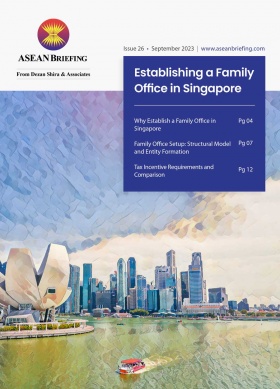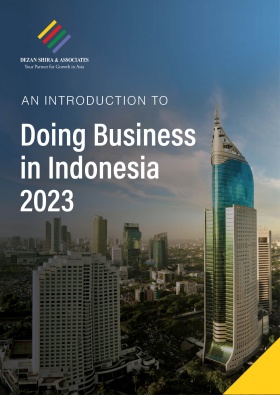Southeast Asia’s Tech Boom: A Gateway for Baltic Investors
The e-Conomy report compiled by Google, Temasek, and Bain & Company stated that Southeast Asia’s digital economy is forecasted to reach a gross merchandise value (GMV) of US$330 billion in 2025, a huge increase from the US$194 billion in GMV recorded in 2022. As such, with an increasingly tech-savvy, and prosperous consumer class, coupled with over 450 million internet users, the region’s digital economy offers a wealth of opportunities for investors in Baltic countries.
In recent years, the number of tech startups from Baltic countries has risen with Estonia and Lithuania recording over 1,000 startups each and Latvia with more than 600 as of 2021 — Estonia already has 10 unicorns, an impressive feat considering the country’s population of just 1.2 million.
Indonesia will be the region’s largest digital economy with a projected GMV of US$130 billion in 2025 and between US$220 and US$360 billion by 2030. The country’s digital economy had an estimated GMV of US$77 billion in 2022.
Southeast Asia’s dynamic tech startup landscape
Southeast Asia has seen a surge in tech startups achieving unicorn status in recent years with more than 50 achieving this status to date. Notable examples include Singapore’s Carro, Vietnam’s MoMo, and Indonesia’s GoTo Group. The region’s growing smartphone usage, growth in internet users, and expanding middle class have led to more investments in the sector. Further, the COVID-19 pandemic accelerated the digitalization of businesses in Southeast Asia which saw the rapid adoption of e-commerce, food delivery services, and new tech solutions being implemented in the education, healthcare, finance, and banking sectors.
Where are the opportunities?
With Southeast Asia’s digital economy expected to reach US$330 billion in GMV by 2025, the region offers Baltic businesses various scalable opportunities such as e-commerce, and fintech.
E-commerce
The COVID-19 pandemic propelled Southeast Asia’s e-commerce industry as more people used e-commerce platforms. However, most of this growth has been targeted in urban areas, and as such, there are untapped opportunities in serving consumers in the region’s second and tertiary cities. The next battleground will be collaborations of big regional suppliers with micro businesses to serve these outlying communities.
Notable e-commerce platforms that have taken advantage of the region’s large consumer market are Singapore’s Lazada and Shopee, which garner hundreds of millions of monthly visits between them.
Financial technology
Fintech investments in Southeast Asia reached over US$4 billion in the first nine months of 2022. There is massive opportunity for value creation such as through financial inclusion initiatives.
The majority of the region’s workforce is in the informal sector, and many micro, small, and medium-sized enterprises (MSMEs) have little access to financing from banks, as they too are mostly operating in the informal sector. This is because most MSMEs have business models that are not compatible with the characteristics of the banks’ financial products. That includes aspects such as payment terms for loan schemes, forms of collateral, and credit quality, among others.Fintech firms can plug this gap through new financing models that potentially serve Southeast Asia’s huge number of unbanked or underbanked — an estimated 50 percent of the region’s population remains unbanked.
Through these loan schemes, borrowers receive not more than US$100 which is normally returned within a few weeks.
About Us
ASEAN Briefing is produced by Dezan Shira & Associates. The firm assists foreign investors throughout Asia and maintains offices throughout ASEAN, including in Singapore, Hanoi, Ho Chi Minh City, and Da Nang in Vietnam, in addition to Jakarta, in Indonesia. We also have partner firms in Malaysia, the Philippines, and Thailand as well as our practices in China and India. Please contact us at asean@dezshira.com or visit our website at www.dezshira.com.







